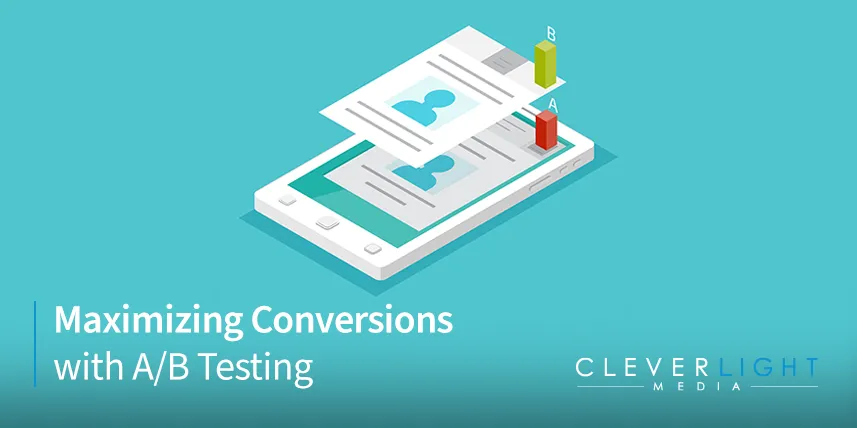The Influence of Color on User Perception
In the realm of web design, color plays a crucial role in shaping user experience and perception. Studies have shown that different colors evoke specific emotions and associations, which can significantly impact how visitors interact with your website. Understanding the principles of color psychology is essential for creating a visually appealing and effective website.
Understanding Color Psychology
Color psychology is the study of how colors affect human behavior and emotions. Each color has unique psychological properties that can influence mood, perception, and decision-making. For example, warm colors like red and orange are often associated with energy, excitement, and passion, while cool colors like blue and green evoke feelings of calmness, trust, and serenity.
Choosing the Right Color Palette
When selecting a color palette for your website, it’s essential to consider your brand identity, target audience, and the message you want to convey. Here are some tips for choosing the right colors:
- Reflect Your Brand: Your color palette should align with your brand’s values, personality, and identity. Choose colors that reflect the essence of your brand and resonate with your target audience.
- Consider Cultural Differences: Keep in mind that different cultures may interpret colors differently. Research the cultural associations of colors in your target market to ensure that your color choices are appropriate and effective.
- Focus on Contrast: Contrast is essential for readability and visual hierarchy. Use contrasting colors for text and background to ensure readability, and highlight important elements with bold or vibrant colors.
- Use Color Theory: Familiarize yourself with basic color theory principles such as complementary, analogous, and triadic color schemes. Experiment with different color combinations to find the perfect balance and harmony for your website.
Implementing Color Psychology in Web Design
Once you’ve chosen your color palette, it’s time to implement it effectively in your web design. Here are some key areas where color psychology can make a significant impact:
- Branding Elements: Use your brand’s primary colors for logos, headers, and navigation menus to reinforce brand recognition and identity.
- Call-to-Action Buttons: Choose attention-grabbing colors for call-to-action buttons to encourage user interaction and conversion. Colors like red, orange, and green are commonly used for CTA buttons to evoke urgency, excitement, and trust.
- Backgrounds and Text: Ensure optimal contrast between background and text colors for readability. Dark text on a light background or vice versa is generally recommended for legibility.
- Emotional Impact: Use color to evoke specific emotions and create the desired atmosphere on your website. For example, use soothing blue tones for a calming effect or vibrant reds for a sense of urgency or passion.
A/B Testing Colors for Optimal Results
While choosing the right color palette is essential for effective web design, it’s equally important to validate your color choices through A/B testing. A/B testing, also known as split testing, involves comparing two versions of a webpage to determine which one performs better in terms of user engagement and conversion.
When conducting A/B tests for colors, consider the following strategies:
- Test One Element at a Time: To isolate the impact of color on user behavior, focus on testing one element at a time, such as call-to-action buttons, headlines, or background colors. This allows you to accurately measure the effect of color variations on user interaction.
- Set Clear Objectives: Before conducting A/B tests, define clear objectives and key performance indicators (KPIs) to track, such as click-through rates, conversion rates, or bounce rates. This ensures that you have measurable criteria for evaluating the effectiveness of color variations.
- Iterative Testing: A/B testing is an iterative process that involves continuous experimentation and optimization. Start with small changes and gradually refine your color choices based on the insights gained from each test. This iterative approach allows you to incrementally improve the performance of your website over time.
- Consider Context and Audience: When testing color variations, consider the context of your website and the preferences of your target audience. Factors such as industry norms, cultural differences, and user demographics can influence the effectiveness of color choices. Tailor your color experiments to align with the unique characteristics of your audience and industry.
Through A/B testing, you can gain valuable insights into which color variations resonate most effectively with your audience and drive desired outcomes. By systematically testing and refining your color choices, you can optimize the visual design of your website for maximum impact and effectiveness.
Elevate Your Web Design with Strategic Color Choice
In conclusion, color psychology plays a crucial role in web design and can significantly impact user perception, engagement, and conversion. By understanding the psychological properties of colors and implementing them effectively in your website design, you can create a visually appealing and emotionally engaging online experience for your visitors. If you need assistance with choosing the right color palette or implementing color psychology principles in your web design, don’t hesitate to contact us for expert guidance and support.







